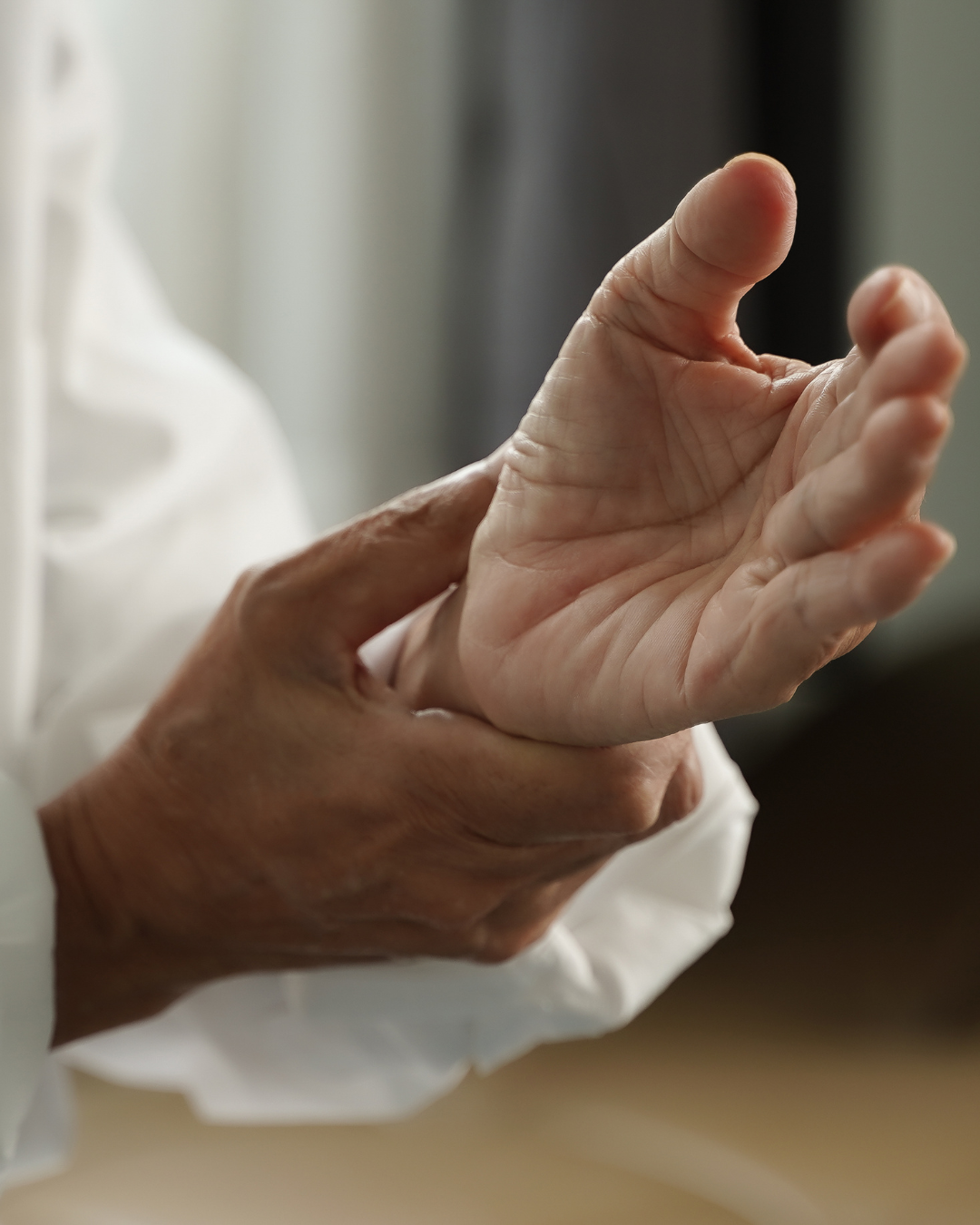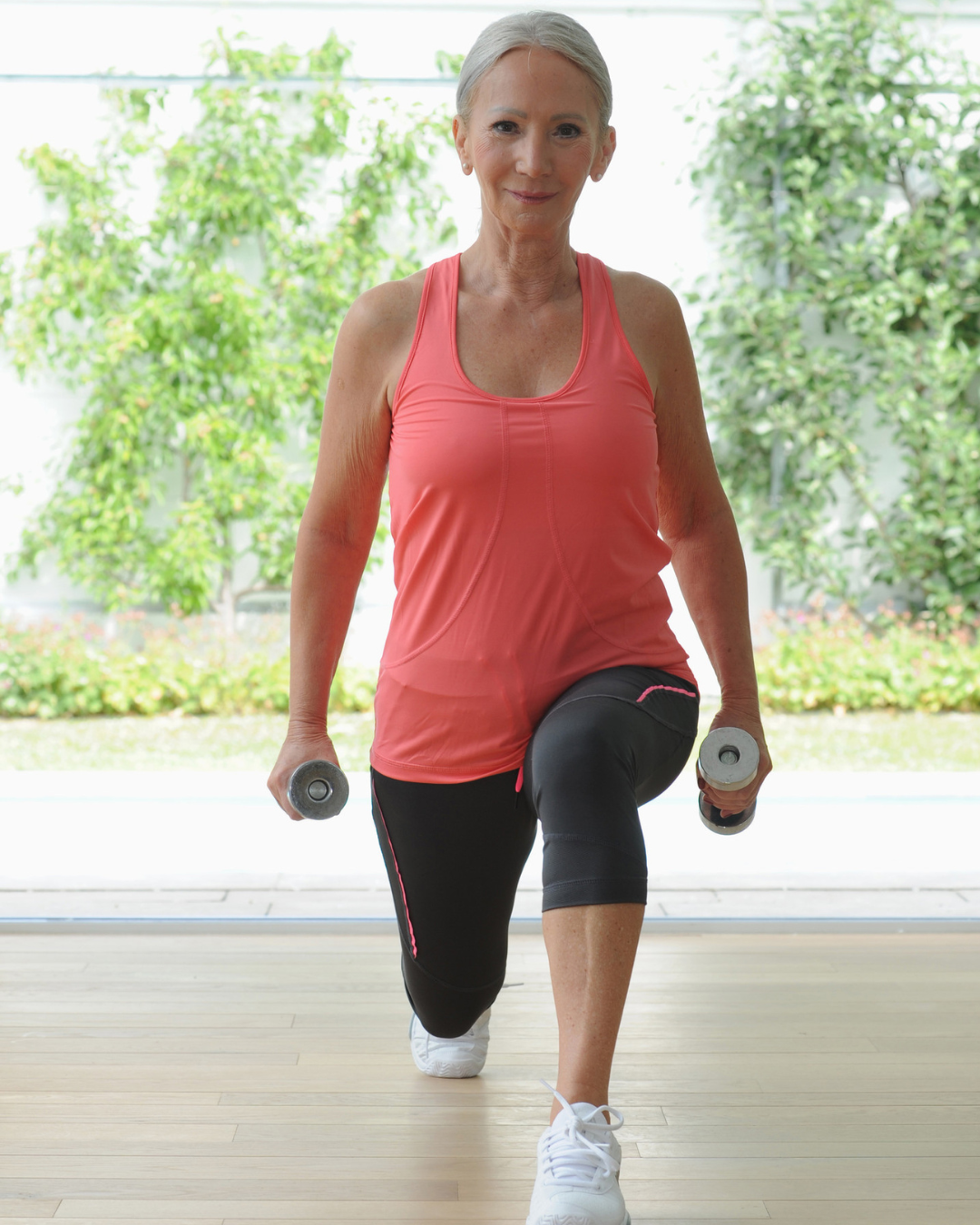Rheumatoid Arthritis
Rheumatoid Arthritis, often abbreviated as RA, is an autoimmune disease. This means that your immune system, which is designed to protect your body, mistakenly attacks healthy joints, leading to inflammation and damage. Unlike osteoarthritis, which is primarily caused by wear and tear on the joints, RA is not linked to aging.
RA in Australia: The Facts
In Australia, arthritis is a common health issue. According to Arthritis Australia, around 3.6 million Australians were living with arthritis in 2019. Whilst not as prevalent as osteoarthritis, Rheumatoid Arthritis still accounted for a significant portion.
Here are some key statistics:
- RA is more prevalent in women, with around 60% of those affected being female.
- RA can occur at any age, but it typically begins between the ages of 30 and 60.
- In 2019, it was estimated that approximately 2% of the Australian population had Rheumatoid Arthritis.

Understanding the Differences Between RA and Osteoarthritis
It’s essential to distinguish Rheumatoid Arthritis from Osteoarthritis, as they have different causes, symptoms, and treatments.
1. Causes of Arthritis:
-
Rheumatoid Arthritis (RA): As mentioned earlier, RA is an autoimmune disease where the immune system attacks the synovium, the lining of the membranes that surround your joints. This causes inflammation, pain, and eventually joint damage.
-
Osteoarthritis (OA): Osteoarthritis, on the other hand, is more about wear and tear on your joints. It occurs when the protective cartilage that cushions the ends of your bones gradually breaks down. It is often related to aging, joint injuries, or overuse.
2. Symptoms of Arthritis:
-
Rheumatoid Arthritis (RA): The most common symptoms of RA are joint pain, swelling, stiffness, and warmth. RA can affect multiple joints and can even lead to fatigue and flu-like symptoms. It tends to be symmetrical, meaning it affects the same joints on both sides of your body.
-
Osteoarthritis (OA): OA symptoms include pain, stiffness, and a decreased range of motion in the affected joint. The pain typically worsens with activity and improves with rest. OA is more likely to affect weight-bearing joints, such as the hips, knees, and spine.
3. Treatment for Arthritis:
-
Rheumatoid Arthritis (RA): RA is primarily managed with medications to reduce inflammation and control the immune system’s response. Physiotherapy can also be an essential part of RA management, as it helps improve joint function, reduce pain, and maintain mobility.
-
Osteoarthritis (OA): For OA, treatments focus on pain relief, strengthening the affected joint, and improving flexibility. This may involve physiotherapy, lifestyle modifications, and in some cases, surgical intervention.

Managing Rheumatoid Arthritis
Now that we’ve understood what Rheumatoid Arthritis is and how it differs from Osteoarthritis, let’s explore some ways to manage RA effectively.
1. Medications:
Medications are a crucial component of RA management. These may include:
- Disease-Modifying Anti-Rheumatic Drugs (DMARDs): These slow down the progression of the disease and reduce joint damage.
- Non-Steroidal Anti-Inflammatory Drugs (NSAIDs): These help manage pain and inflammation.
- Corticosteroids: These can provide quick relief from symptoms during flares.
2. Physiotherapy:
Physiotherapy plays a vital role in managing Rheumatoid Arthritis. A physiotherapist can help you:
- Improve joint flexibility.
- Strengthen muscles to support your joints.
- Provide education on how to protect your joints during daily activities.
- Develop an exercise program tailored to your needs.
3. Lifestyle Modifications:
Making some changes in your lifestyle can significantly impact your quality of life with RA. These include:
- Getting regular exercise: Low-impact exercises like swimming, walking, and cycling can help maintain joint function and reduce stiffness.
- Rest and relaxation: Managing your energy levels and getting enough rest is important, as RA can be exhausting.
- Using assistive devices: Specialized tools or devices can make daily tasks easier, reducing strain on your joints.
4. Diet and Nutrition:
A balanced diet can help you maintain a healthy weight, reducing the strain on your joints. Omega-3 fatty acids found in fish, nuts, and seeds have anti-inflammatory properties and can be beneficial for people with RA.
5. Support and Education:
Don’t hesitate to seek support from patient support groups or connect with healthcare professionals who specialize in Rheumatoid Arthritis. Understanding your condition and having a support network can be a significant part of managing RA effectively.
Summary
Let’s finish with a quick recap. Rheumatoid Arthritis is a common autoimmune disease in Australia, affecting millions of individuals. It’s different from Osteoarthritis in terms of its causes, symptoms, and treatment. While there is no cure for RA, with the right management, it’s possible to lead a fulfilling life with the condition.
Remember to work closely with your healthcare team, including physiotherapists, to create a tailored management plan that suits your specific needs. Stay informed, stay active, and maintain a positive outlook. Rheumatoid Arthritis doesn’t define you, but how you manage it can help you live a healthier, happier life.
If you have any questions or need further information, please don’t hesitate to reach out to us at Activate Physiotherapy. We’re here to support you on your journey to better health and well-being. You can book an appointment with our team at your closest clinic Tingalpa or Stafford in Brisbane.
